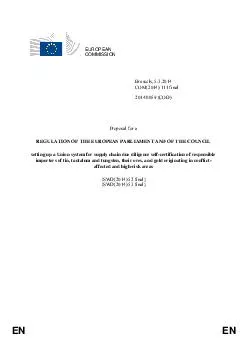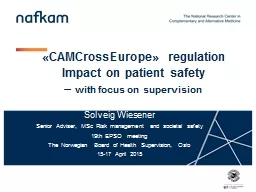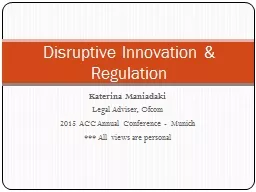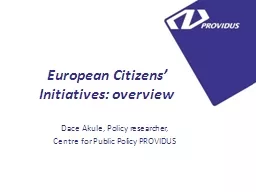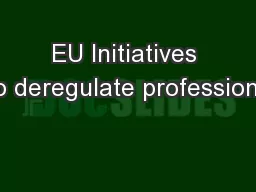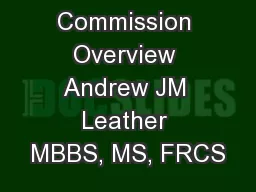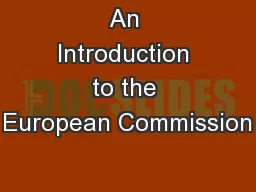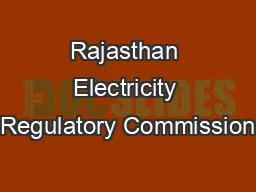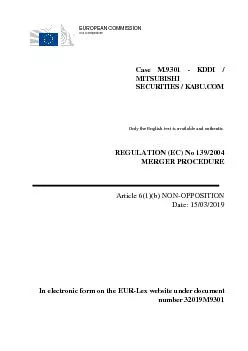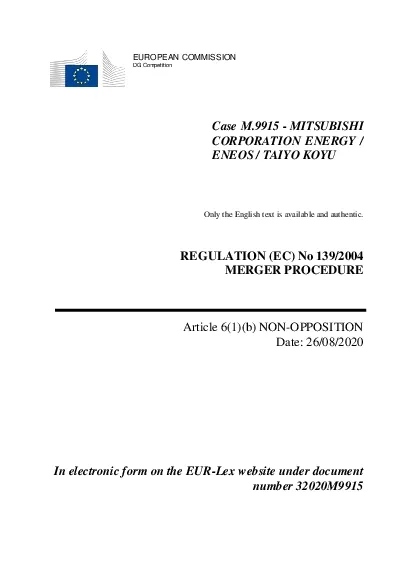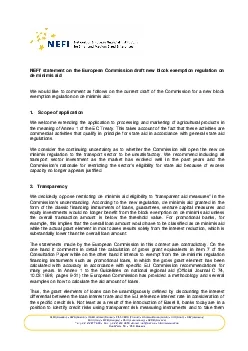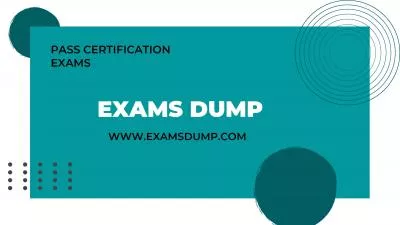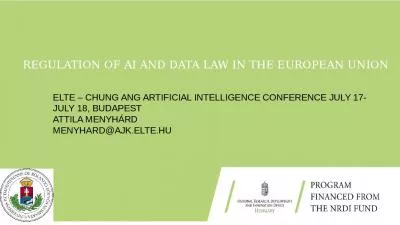PDF-EN EN EUROPEAN COMMISSION REGULATION OF THE EUROPEAN PA RLIAMENT AND O
Author : cheryl-pisano | Published Date : 2015-01-19
brPage 1br EN EN EUROPEAN COMMISSION REGULATION OF THE EUROPEAN PA RLIAMENT AND OF THE COUNCIL setting up a Union system for supply chain due diligence selfcertification
Presentation Embed Code
Download Presentation
Download Presentation The PPT/PDF document "EN EN EUROPEAN COMMISSION REGULATION OF ..." is the property of its rightful owner. Permission is granted to download and print the materials on this website for personal, non-commercial use only, and to display it on your personal computer provided you do not modify the materials and that you retain all copyright notices contained in the materials. By downloading content from our website, you accept the terms of this agreement.
EN EN EUROPEAN COMMISSION REGULATION OF THE EUROPEAN PA RLIAMENT AND O: Transcript
Download Rules Of Document
"EN EN EUROPEAN COMMISSION REGULATION OF THE EUROPEAN PA RLIAMENT AND O"The content belongs to its owner. You may download and print it for personal use, without modification, and keep all copyright notices. By downloading, you agree to these terms.
Related Documents

